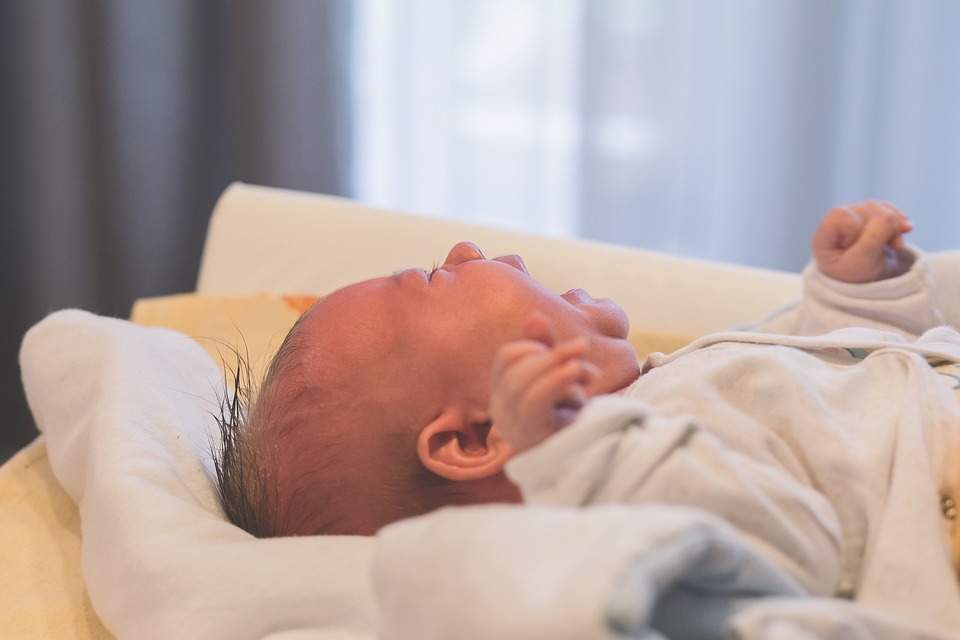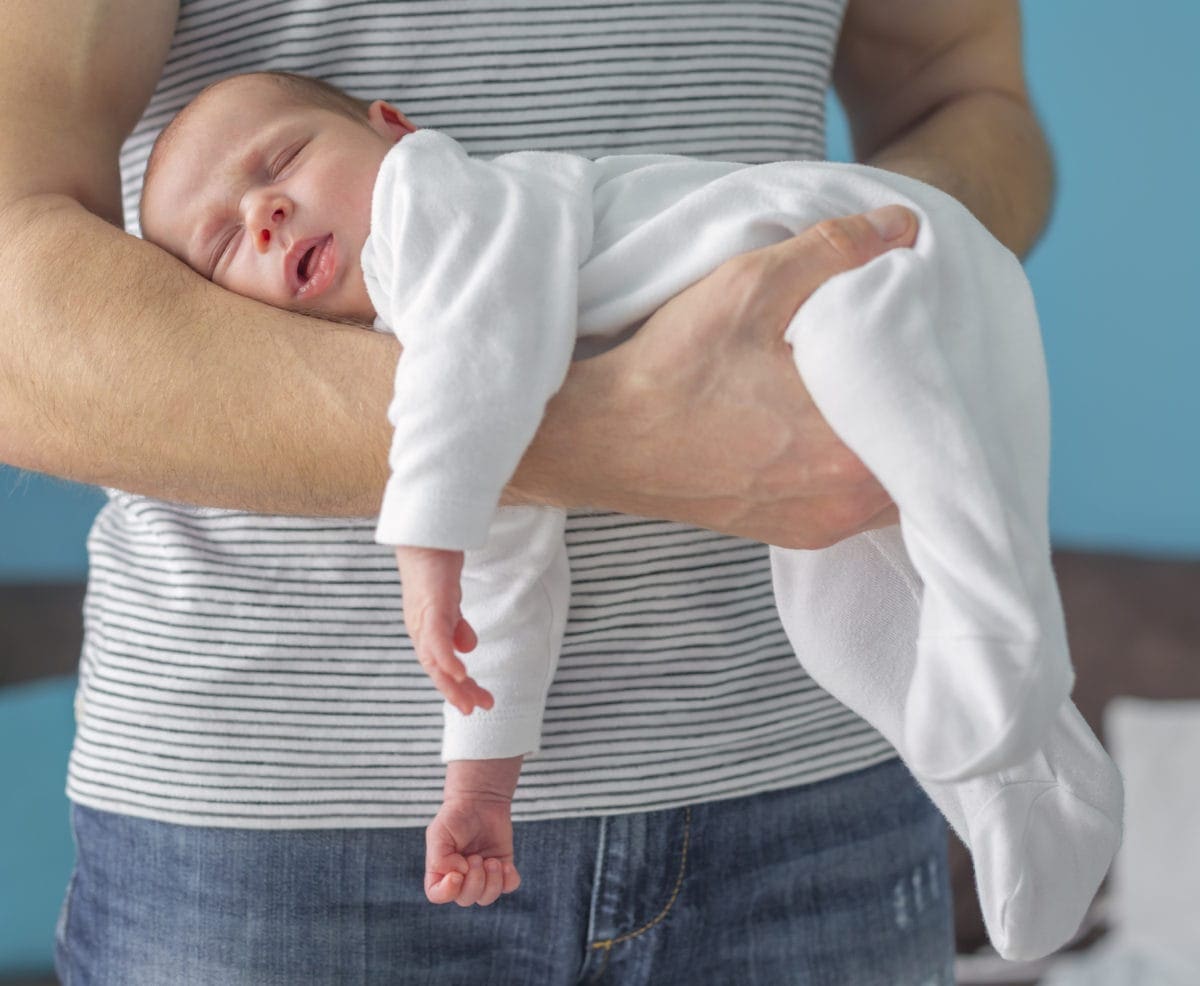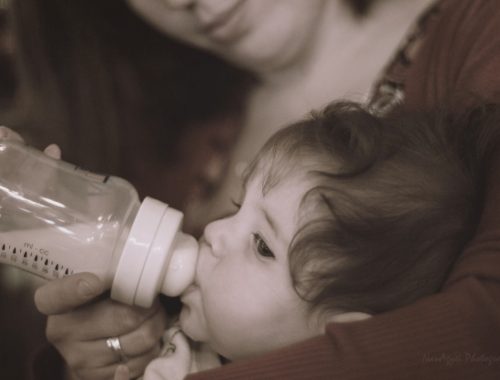
Colic in Babies: 8 Remedies
Does your baby cry inconsolably after feeding? Is your baby kicking his/her feet? Then he is probably suffering from intestinal cramps. In the beginning, the baby’s intestines are still very sensitive, and the gastrointestinal system may not be fully developed. However, you can control your baby’s cramps, and we’ve got 8 tips for you!
Tip 1: Don’t Let Air Into the Intestines
If your child drinks too fast or greedily, he or she may swallow air. Take your time when bottle-feeding, and be sure to space out the feedings. On average, each feeding lasts 20 minutes. Is it faster? Using a teat with a smaller hole can help. Don’t shake the bottle too much and always make sure the teat is filled with milk during feeding. Special baby bottles are also available. Finally, make sure to give your baby a good burp.
Tip 2: Make Sure He/She Drinks Her Milk Well
The first milk that comes out of the breast, or foremilk, has less fat than the so-called hindmilk. The fattier milk stays in the stomach a little longer before reaching the intestines. If your baby doesn’t get enough hindmilk, the intestines are forced to work quickly. Therefore, empty the breasts often to ensure the baby receives enough fat-rich milk.
Tip 3: Use Heat
Placing a bottle of warm water on the baby’s tummy or giving him a lukewarm bath will relax and reassure the baby. Massaging the tummy with warm hands in gentle circular motions is also effective.
Tip 4: Watch What You Eat While Breastfeeding
If you are breastfeeding, what you eat can cause colic in your baby. Some foods may contain substances that your baby cannot yet tolerate. Examples include cabbage, fizzy drinks, citrus fruits, spices, onions, garlic, coffee, and chocolate. By keeping a record of what you eat, drink, and your child’s reactions for several days, you can see if this is the cause of the problem.
Tip 5: Keep Regularity in the Feeding Schedule
If you are bottle-feeding, try to stay regular and don’t make changes too often or too drastically. The baby’s intestines need to get used to it each time, which can cause (more) cramping. This also applies when changing to other types of food, from breastfeeding to bottle feeding, or from one bottle to another. If the baby overeats, this can also cause problems.
Tip 6: Allow a Little Pressure on the Tummy
Lay the baby’s tummy on your lap, forearms, or shoulders. The pressure on the tummy relieves the baby’s tension.

Tip 7: Reduce Stimulation and Use Swaddling
Sometimes overstimulation can aggravate the baby’s cramps or make him cry. So, if your baby begins to feel irritated at any time, try to create a calm environment. Avoid loud noises and bright lights, limit visitors and avoid touching your baby unnecessarily.
Wrapping the child in swaddling clothes or blankets can also help. When wrapping clothes or blankets, be careful not to over-tighten the legs or hips. Also, ensure that the baby does not get too hot. Babies under two months old are usually calmer when nursed in a dark, quiet room.
Tip 8: Try Using a Pacifier
Babies under 3 months are not neurologically mature and cannot calm themselves. Suction helps to relieve stress and calm the baby. Remember, however, that you should not give the pacifier if they’re not yet breastfed. Different suction movements of the pacifier while breastfeeding can confuse the baby and cause difficulties for the baby to latch on.
Do you have any other tips? Share it with us in the comments below!
You May Also Like

Choose Playgrounds Suitable For Your Children To Avoid Accidents
2022-04-21
How to Feed a 6-Month-Old Baby
2022-06-30

